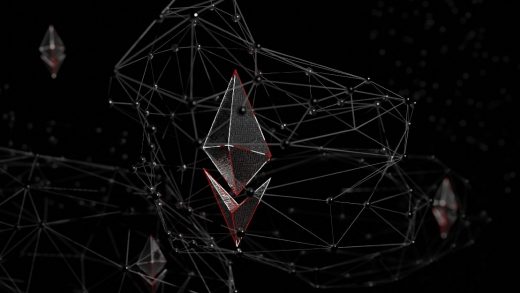Ericsson will invest millions of pounds in 6G mobile research in Britain, the network equipment maker said on Tuesday, working with universities on hardware security, AI and cognitive networks and quantum computing. The Swedish company, which supplies 5G gear to all four British mobile networks, said the 10-year initiative would help to drive the development of next-generation 6G networks, which are expected to be commercially available about 2030.
Ericsson‘s UK and Ireland CEO Katherine Ainley said that British universities are performing world-beating research in some of the technologies that would underpin next-generation networks.
“We will establish a team of 20 experienced researchers here in the UK and we will also look to sponsor students as well,” she said. “Our initial focus will be 6G networking and hardware security.”
The new group will complement Ericsson’s 17 existing research sites in 12 countries, she said.
Possible partner universities include Surrey, Bristol, and Manchester, she said, adding that it typically takes 8-10 years from engagement with researchers to the development of commercial technology.
The British government, which has been working to protect funding for scientific research after Brexit, said Ericsson’s investment was a “huge vote of confidence” in the country’s telecoms sector, adding that it would soon publish a strategy on 6G technology.
Earlier this year, Ericsson stated that it expects global 5G mobile subscriptions to surpass 1 billion in 2022, helped by higher adoption in China and North America. A weaker global economy and the uncertainties caused by Russia’s invasion of Ukraine lowered its estimate for 2022 by around 100 million, the company said in its biannual Mobility Report.
A push from telecom operators to bring 5G and handset prices as low as $120 (roughly Rs. 10,000) has helped 5G adoption, Peter Jonsson, executive editor of the report, stated in an interview at the time. “China added about 270 million users in 2021 compared to North America, which added 65 million.”
© Thomson Reuters 2022


